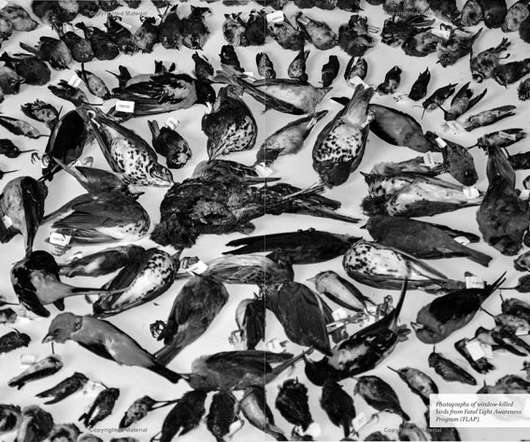Licking Clay: the Macaws of Tambopata, Peru
10,000 Birds
MARCH 18, 2011
Geophagy, the intentional consumption of soil by vertebrates, has long been documented in a number of bird and mammal species – including wide-spread use by humans – which consume soil to increase absorption of certain minerals not naturally occurring in the local diet. Mar 7th, 2011 at 1:09 pm [.] That’s right – birds eating clay.











Let's personalize your content